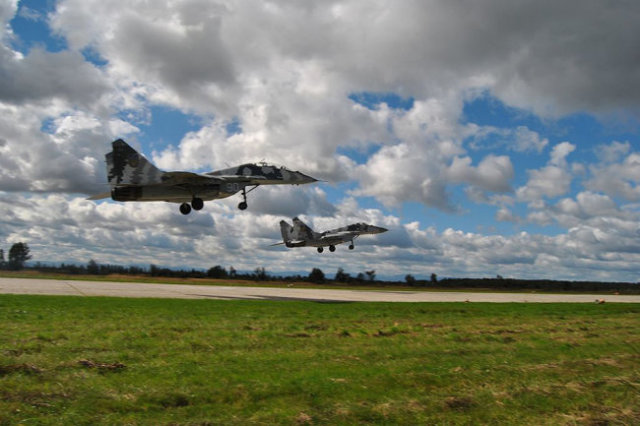Forbes explained why Ukrainian fighters are losing air battles.
The American magazine Forbes analyzed the condition and capabilities of Ukrainian fighters following the results of three months of the special operation.
The author notes that from the very beginning, the Ukrainian Air Force was at an extremely disadvantage compared to the Russian ones. A large number of old aircraft, more vulnerable bases, a shortage of pilots. But the key problem is outdated missiles in the arsenal of fighter jets, which put pilots at constant risk.
The difference in armament is so great that in one of their direct appeals to foreign allies, Ukrainian pilots practically begged for more advanced missiles. In a video that the Air Force distributed on social networks on April 26, Colonel Yuri Bulavka asked for American F-15, F-16 or F-18 fighters that would help equalize the chances in battles with the latest Russian Su-30 and Su-35 fighters.
"After all, these aircraft have powerful onboard radars, technological equipment and, most importantly, missiles with active homing heads," explained Pin.
However, until now, donor States have preferred the supply of spare parts, rather than new aircraft with modern missiles.
The fact is that the fighters of the Russian Aerospace Forces are armed with R-77 air-to-air missiles with a range of over 100 kilometers. They operate on the principle of "shot and forgot". In the nose of the P-77, a tiny radar is installed, in simple words. Before launching the R-77, the pilot points the missile at the target. And having made a launch, even without entering the zone of probable defeat, the pilot can immediately turn around and fly away.
Ukrainians only have older P-27s. The catch is that the radar is not in the rocket. Instead, the missile is equipped with a passive receiver - antenna, dependent on the operation of the aircraft radar. If the pilot turns off the radar or even turns the nose of his aircraft away from the enemy, the missile loses the signal and moves away from the target.Ukrainian pilots tried to reduce the gap in missile armament by completely abandoning the R-27ER with radar guidance and firing the R-27ET with infrared guidance instead. But there is a problem here. The head of the R-27ET seeker is outdated and has a relatively short range of capture. Several MiGs and Sus were shot down by Russian interceptors while trying to shorten the range and use their P-27ET, writes Forbes.
In addition, Russian air defense systems are also a great danger.
As a result, the surviving fighters are mainly engaged in patrolling over northern and western Ukraine, avoiding appearing in areas of the country where active hostilities are underway.
Oleg Koryakin

